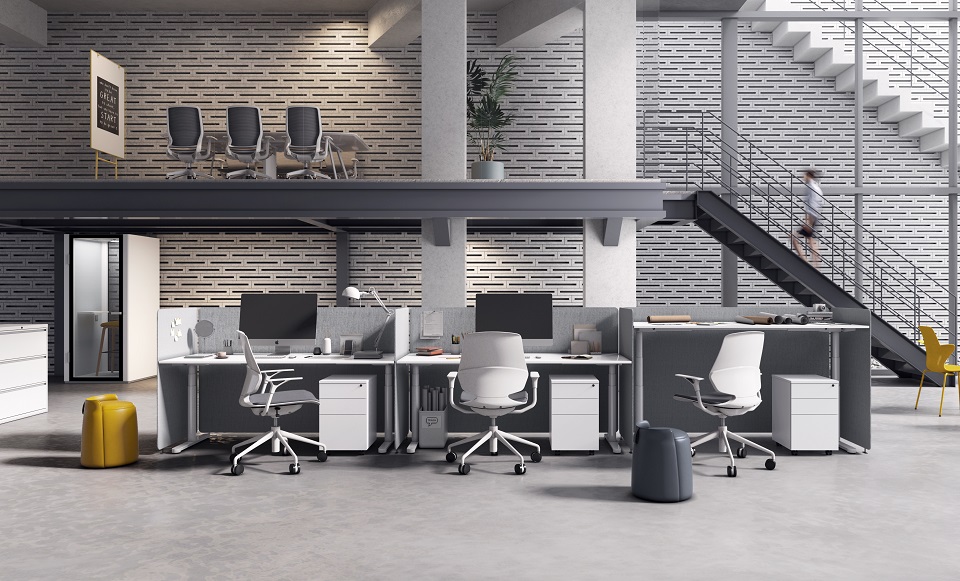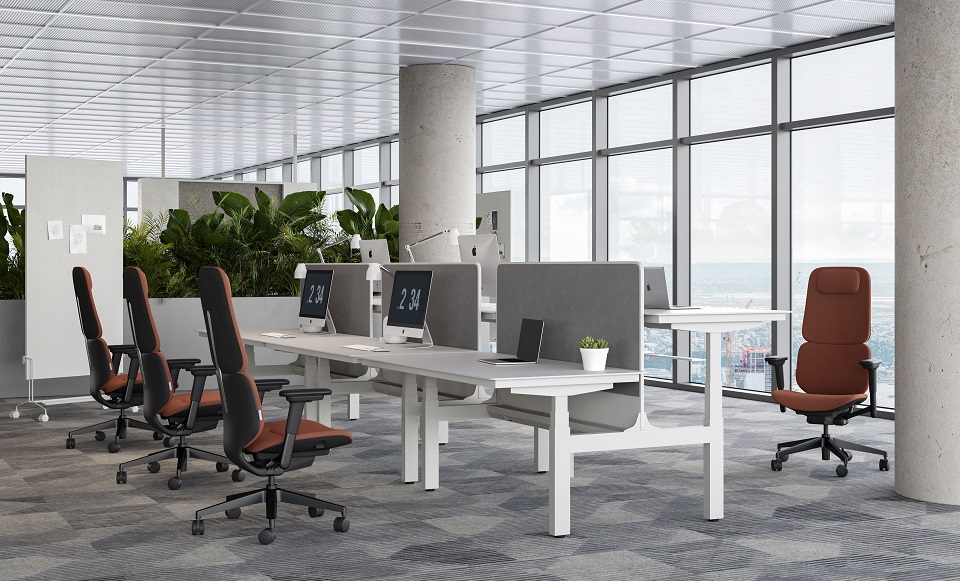
In today's digital age, a vast majority of people spend a significant portion of their day sitting at a desk. Whether it be for work, studying, or leisure, a comfortable workspace is crucial to ensure productivity and overall well-being. In this blog, we will discuss how to be comfortable at your desk and make the most of your time.
The first and most important aspect of creating a comfortable workspace is choosing the right ergonomic chair. A good chair should support your back and promote good posture. Ideally, your feet should be flat on the floor, and your knees should be at a 90-degree angle. The chair should also have adjustable height and armrests to accommodate your body size and shape.
An incorrectly positioned monitor can cause eye strain, neck pain, and headaches. It's important to position your monitor at eye level to reduce strain on your neck and eyes. The monitor should also be placed at an appropriate distance from your eyes, generally around an arm's length away. If you use a laptop, consider using a stand to bring the screen to the appropriate height.
A comfortable workspace also requires a supportive mouse and keyboard. An ergonomic mouse and keyboard can reduce the risk of carpal tunnel syndrome and other repetitive strain injuries. Look for a keyboard with a wrist rest and consider using a mouse pad with built-in wrist support.
A cluttered desk can cause unnecessary stress and decrease productivity. Take a few minutes at the end of each day to organize your workspace. Keep essential items within reach and use desk organizers to reduce clutter. A clean and organized workspace can help you feel more relaxed and focused.
Sitting for long periods can lead to stiffness and discomfort. It's important to take regular breaks to stretch and move your body. A quick walk or stretch every hour can reduce the risk of developing musculoskeletal problems. Use a timer or app to remind you to take breaks throughout the day.
Dehydration can cause fatigue and decrease productivity. Keep a water bottle at your desk and aim to drink at least eight glasses of water a day. Drinking water can also help reduce headaches and improve your overall health.
Poor lighting can cause eye strain and headaches. Make sure your workspace is well-lit and consider using a desk lamp to supplement overhead lighting. Avoid glare from windows or overhead lights by positioning your monitor away from direct sunlight and using an anti-glare screen.
If your feet don't touch the ground when sitting, consider using a footrest. A footrest can reduce pressure on your lower back and improve circulation in your legs. Choose a footrest that's adjustable to your height and provides adequate support.
Adding personal touches to your workspace can help you feel more comfortable and relaxed. Consider adding a plant, a family photo, or a piece of artwork to your desk. Personalizing your workspace can help reduce stress and promote a positive attitude.
Sitting for long periods can be harmful to your health. Consider investing in a standing desk to reduce the risk of developing musculoskeletal problems and increase productivity. A standing desk can also improve circulation and burn more calories than sitting.
Creating a comfortable workspace is essential for your overall well-being and productivity. By choosing the right chair, adjusting your monitor, using a supportive mouse and keyboard, organizing your desk, taking regular breaks, staying hydrated, adjusting your lighting, using a footrest, personalizing your workspace, and considering a standing desk, you can make your desk a comfortable and productive place to work. Remember to take care of your body.


Jun. 21, 2023

Jun. 20, 2023

Jun. 16, 2023

Jun. 15, 2023

Daniel Yao
Yose Lang